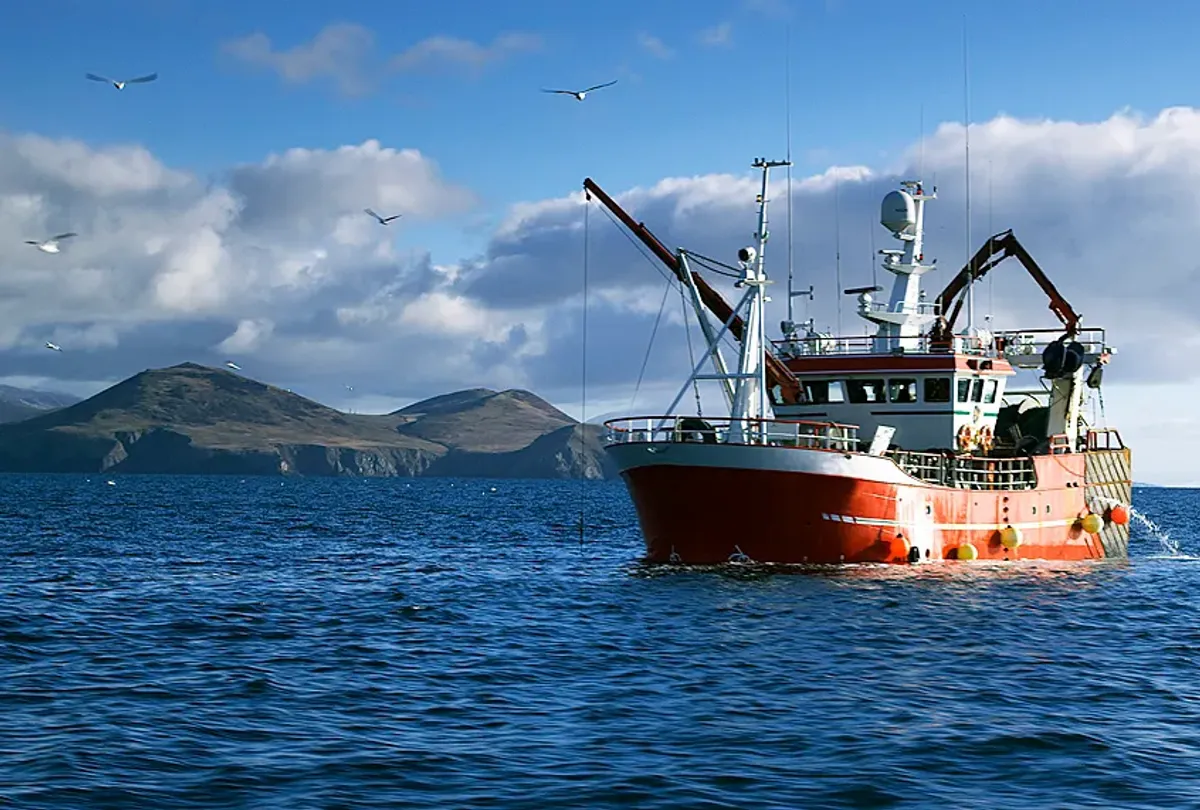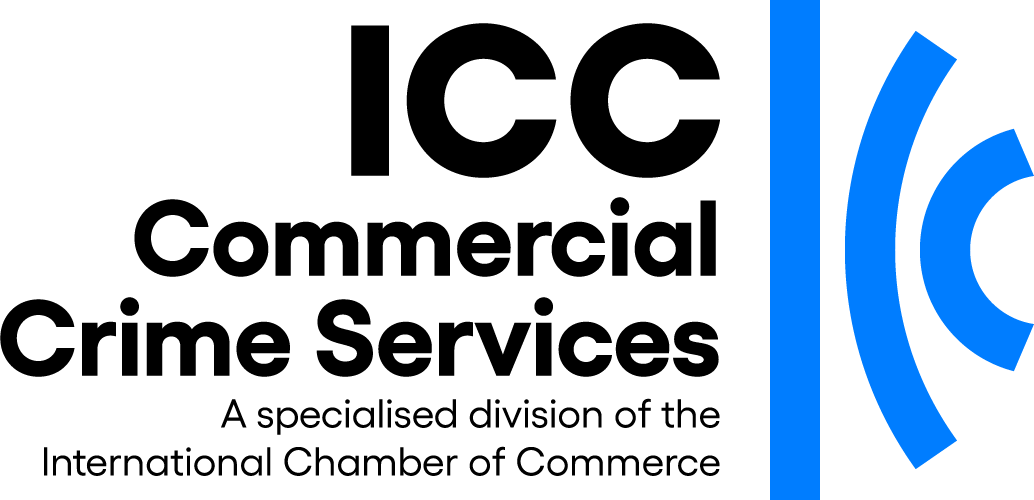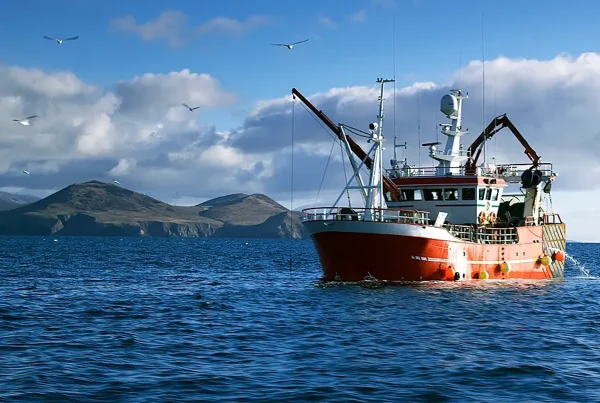
 The European Union (EUNAVFOR ATALANTA) is initiating a ‘Close Support Protection’ system for vessels transiting the Gulf of Aden.
The European Union (EUNAVFOR ATALANTA) is initiating a ‘Close Support Protection’ system for vessels transiting the Gulf of Aden.
 The European Union (EUNAVFOR ATALANTA) is initiating a ‘Close Support Protection’ system for vessels transiting the Gulf of Aden.
The European Union (EUNAVFOR ATALANTA) is initiating a ‘Close Support Protection’ system for vessels transiting the Gulf of Aden.
EUNAVFOR had requested all owners / operators requiring the close protection to register on the Maritime Security Centre – Horn of Africa (MSC-HOA) website: www.mschoa.org
Please see below the initial guidlines aa released by EUNAVFOR
[QUOTE]GUIDANCE TO THE INTERNATIONAL MARITIME COMMUNITY OPERATING IN THE GULF OF ADEN
This message provides guidance to merchant mariners in the Gulf of Aden and information about the military measures in place to reduce the risk of piracy.
Cooperation and Coordination
EUNAVFOR ATALANTA will use the military forces at our disposal, cooperating with other states operating in the region to provide protection to all merchant vessels (MVs) in the Gulf of Aden (GOA). This will be achieved through close co-ordination of surface units, maritime patrol aircraft and helicopters, in the UKMTO Transit Corridor (UTC), which transits through the Maritime Security Patrol Area (MSPA), other areas of the Gulf of Aden and the Somali Basin which suffer from a high risk of piracy.
Vulnerable Shipping
To assist, EUNAVFOR ATALANTA will identify vessels that are especially vulnerable to successful pirate attack so that they can, where possible, be accorded additional protection. To do this, we need you to give us as much timely information as possible about your vessel and your transit intentions via the secure section of the MSC-HOA website.
Additionally, refer to the “Advice to Masters” section on www.mschoa.org to ensure your vessels are taking the best self protection measures. These can significantly reduce the risk of a successful hijacking and, importantly, provide time for military forces in the area to respond.
UKMTO Transit Corridor (UTC)
EUNAVFOR strongly recommends that merchant vessels conduct their passage within the UTC. Westbound vessels should bias themselves to the northern portion of the corridor, and eastbound vessels to the southern portion. Vessels should avoid entering Yemeni Territorial Waters (TTWs) while on transit. This is for reasons of international law, as it is more difficult for EUNAVFOR ATALANTA and associated forces to be able to protect vessels that are attacked inside Yemeni TTW. To assist in this challenging counter-piracy task, we believe it is important that vessels communicate with EUNAVFOR ATALANTA through MSC-HOA as early as possible. MVs may be asked to make adjustments to passage plans to conform to our routing advice.
Group Protection
The organisation of vessels into a convoy system guarded by military assets can provide some additional protection from piracy. But this occurs at the expense of vessels which are not in the convoy, making them more vulnerable. Furthermore, there are insufficient military assets available for counter-piracy operations in the GOA to be able to establish a reliable and regular convoy system that would provide all MVs with close protection – experts assess this would need a force of more than fifty warships. This does not mean that we cannot exploit the additional protection gained from grouping vessels together. In fact, there is significant value in MVs being closely grouped for mutual protection. A steady stream of traffic through the GOA UTC presents a greater number of opportunities for the pirates to target vessels for hijack. Whereas vessels grouped together, transiting key threat areas at times known to us which are least favoured by the pirates, significantly increases our ability to provide protection.
Group Transits
We encourage vessels to conduct their passage through the UTC in groups based on passage speed. In order to achieve this, we will promulgate via the website, position, time, and speed for vessels to pass through a waypoint at the eastern and western limits of the UTC. This process will be known as “GOA Group Transits” (GOA GT).
GOA GT timings will be at various intervals through each 24hr period. Each GOA GT will follow a recommended navigation track (NAVTRACK) through the UTC at a published speed that will avoid high profile piracy danger periods and allow maximum coordination of military assets in support. Transit Groups will be coordinated to cater for the differing range of speeds. During your transit you should not expect to be permanently in company with a warship. But all warships in the GOA, whether part of EUNAVFOR or coordinating with us, will be aware of the GOA GTs and have the full details of vulnerable shipping.
The implementation of the GOA GT is designed to enhance your security as you transit through the GOA. We would welcome your input or comments on how this service could be improved.
P A Jones
Rear Admiral
Operation Commander
EU NAVFOR ATALANTA
Northwood
Masters using the Maritime Security Patrol Area (MSPA) and those following the ‘group of protected vessels’ are not relieved of their obligation and should continue to maintain a strict 24 hour lookout using all available means to get early warnings of an approaching threat. Some vessels have been attacked/hijacked in the corridor.
Masters are also reminded that all suspicious/attempted/actual attacks reported to coalition warship should also be reported to the 24-hour IMB Piracy Reporting Centre helpline:
Tel: +60 3 2031 0014
Fax: +60 3 2078 5769
Telex: MA 34199 IMBPCI
E-mail: imbkl@icc-ccs.org / piracy@icc-ccs.org






